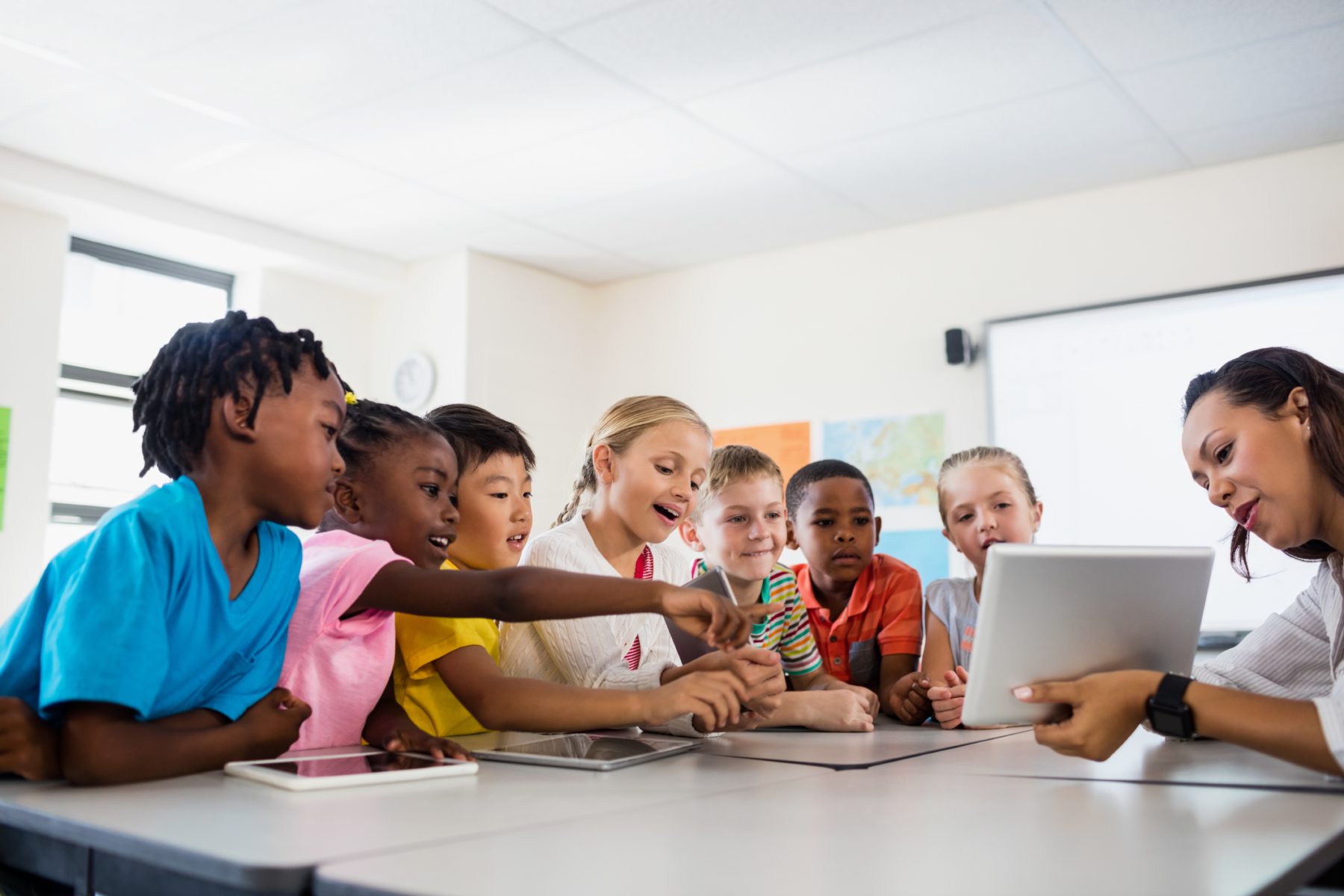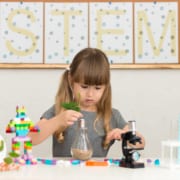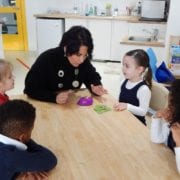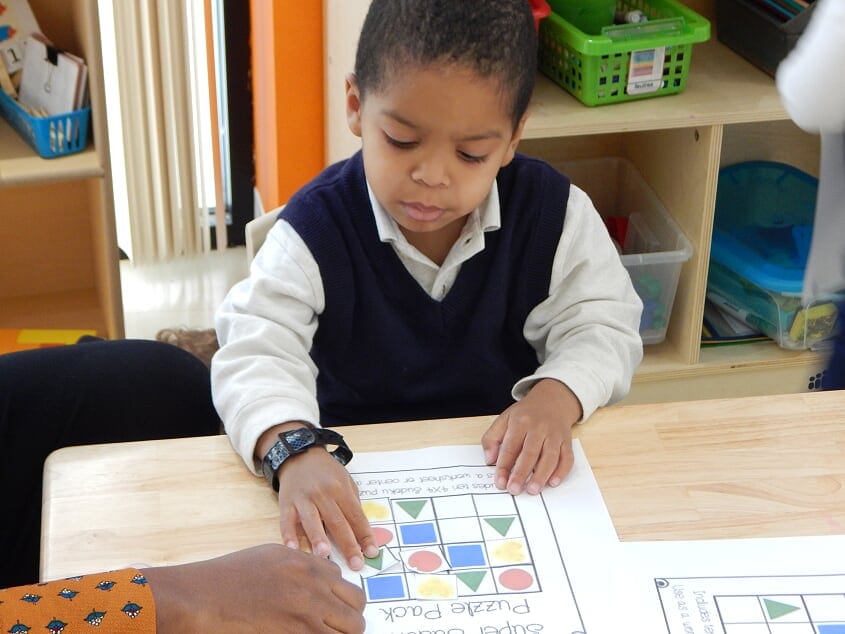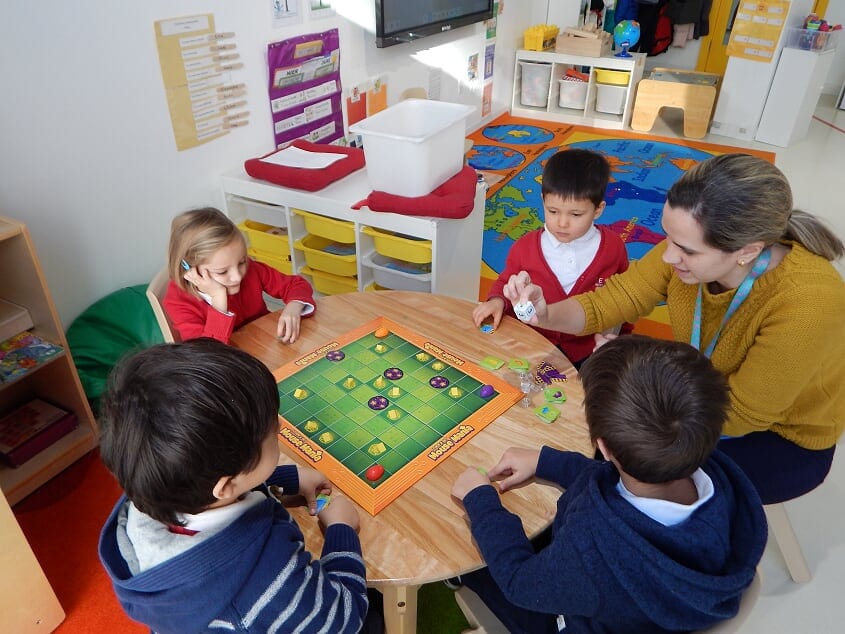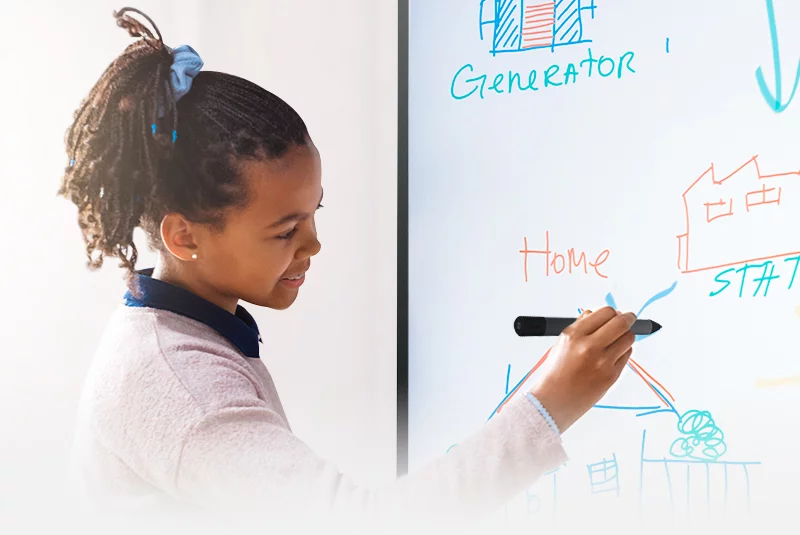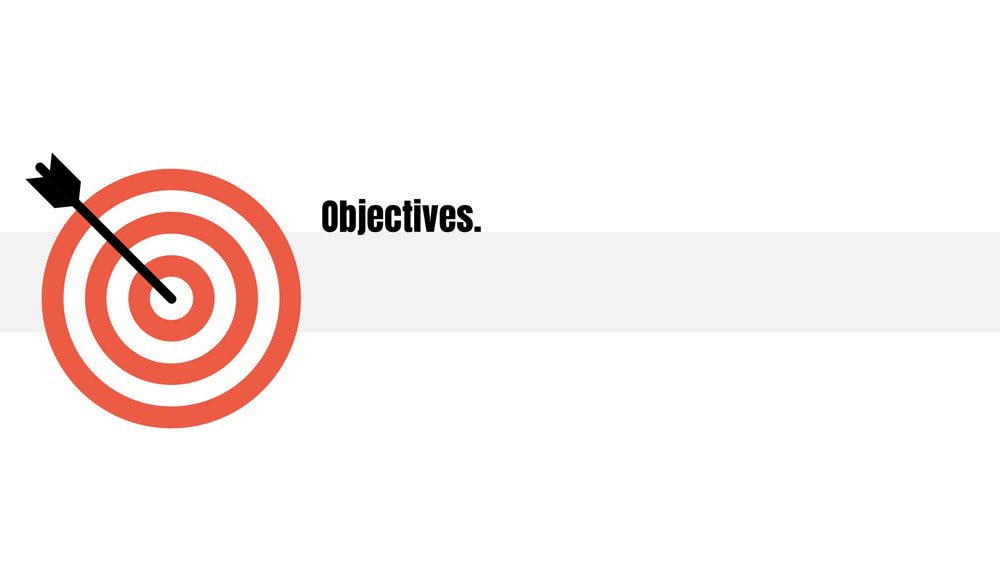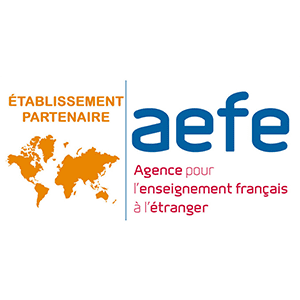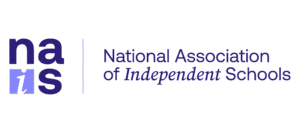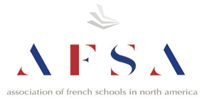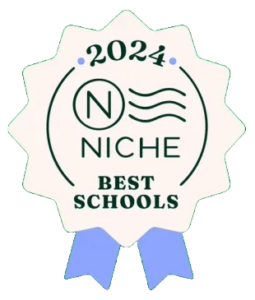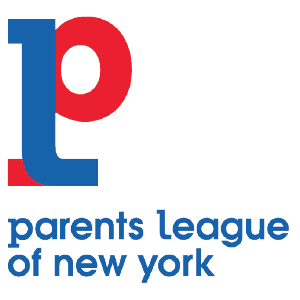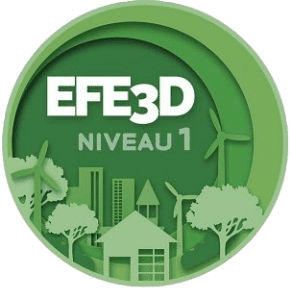Utilizing Technology in Inquiry-Based Education
Inquiry-based education, or IB education for short, is the natural process of learning through inquisitive behavior and deep curiosity. It is, essentially, learning by finding topics that pique children’s’ interests enough that they take the driver’s seat and discover new information through research and questions on their own.
IB Education in the Classroom
When utilizing inquiry-based education in the classroom, the first step is always to find the right topic to spark enough interest in students. Since motivation is the prime factor that drives their desire to initiate learning through IB means, it’s imperative to find the right angle for your lessons to keep them truly engaged.
Not only do educators need to have an exciting and relatable subject, but they also need to include innovative ways to continue beyond the piqued interest phase. Since the process of IB learning includes both exciting topics and continued questioning and research, it only makes sense to incorporate technology into your lessons.
Utilizing Technology for IB Education
With a growing number of educational programs and apps available every day, utilizing technology in the classroom is easier now than ever before. There are hundreds of tech choices available that will enhance an IB education experience and give children the tools they’ll need to problem solve and research.
“Children naturally explore and learn about their environments through inquiry, and computer technologies offer an accessible vehicle for extending the domain and range of this inquiry,” explain researchers from Mount Saint Mary College in the Early Childhood Education Journal article, March 2010.
How to Use Technology
Since the IB educational technique is a process for learning, not traditional information regurgitation, it will help children throughout their educational careers and beyond. The process involves noticing scenarios in detail, learning to ask imperative questions, researching those questions for solutions, and presenting the information to others in a way that is clear and concise.
Knowing this, it’s easy to understand how technology could aid students during this process. Depending upon which media outlet is chosen, technology can be used in practically every aspect of IB education. It can be used to supply intriguing scenarios for analysis through videos or puzzles, as well as provide unlimited research materials to help students find solutions to the problem areas they outlined in the earliest steps. Technology can even be used in the final steps – or the presentation portion of IB learning – which encourages students to explain their findings to others.
Technology and the IB Advantage
“Inquiry-based learning is a process where students become involved in their own learning. Inquiry-based learning builds on student passion and results in increased student agency,” explains professors at the University of New Hampshire.
IB education is a highly engaging teaching process because it is focused on areas that are highly interesting to students and hands them the keys to begin learning on their own. Adding technology to the mix only serves to strengthen this desire to learn. If you want to learn more about how Tessa incorporates IB learning in their early education classrooms, check out the Program of Inquiry here.


